#lobely
Text
Finished commission for the lovely @rhetoricalsoapbox :]

9 notes
·
View notes
Text
♡⃝ ﹒﹒𝗪𝗲 𝘭𝘰𝘴𝘵 𝘁𝗵𝗲 𝘀𝘂𝗺𝗺𝘦𝘳﹒﹒─ׂ─ׅ─ׂ





#Blue#blue aesthetic#kpop#music#aesthetic#jennie#cute#lisa#rose#jisoo#blackpink#itzy#BTS#icons#jennie icons#kpop gg icons#kpop icons#korean#luv#lobely#luvly#lovely#<3#.#yena#dance#kimjennie#kimjisoo#lalisa manoban#Su-ah
3 notes
·
View notes
Note
me when you post fob things i dont understand

(playing rain world dating sim)
(yes this is in the game)
(sorrry i had to use that screenshot on a mutual)
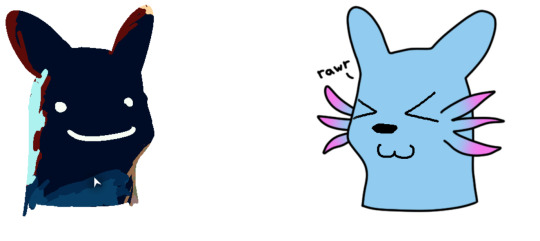
HAVSHANDJDJK
1 note
·
View note
Text
baby coelacanth
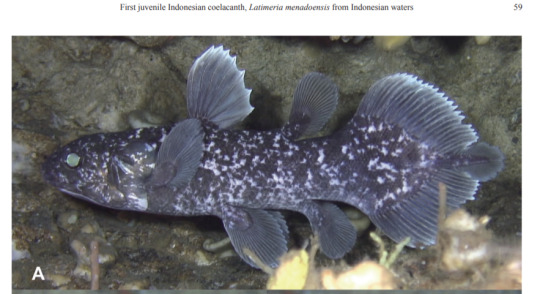
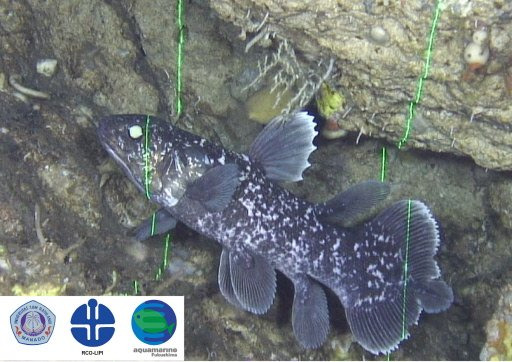
baby coelacanth.
47K notes
·
View notes
Text


More dragon Zeld cause I love her :3
#Totk#totk spoilers#zelda#light dragon#dragon zelda#link#zelink#my art#updated her design a bit#i lobe her
2K notes
·
View notes
Text
just want to tell u guys that 2 last day was the best day everrrrr
1 note
·
View note
Text
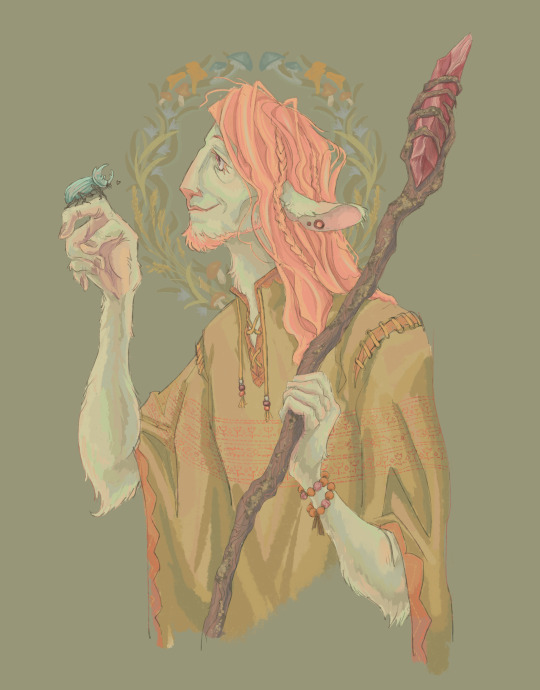
i am very tender about him
#critical role#caduceus clay#fanart#the mighty nein#art#cr2#i lobe him so muchhh i feel sick#fave fave fave absolute fave
2K notes
·
View notes
Text

2K notes
·
View notes
Text
um ghost accidentally calling u mama when in missionary n he gets embarrassed when u ask him what he just said so he flips u onto ur front and fucks u doggystyle just so he can hide his cute little blushing face in ur neck!?!?!??!
1K notes
·
View notes
Text

Daan brainrot. Incoherent lighting because I did half of this in class.
#art#digital art#ibispaintx#phone art#funger termina#funger#fear and hunger daan#pocketcat#fear and hunger fanart#fear and hunger termina#i want him carnally#i lobe him#not the cat#i hate the cat
2K notes
·
View notes
Text
Lobe finned versus ray finned fish

Short answer: ray finned fish evolved from from lobe finned fish
Long answer: Lobe finned fish were dominant for a long time in the waters before they climbed up onto land and evolved into you, dear reader. This occurred around 400 MYA (million years ago). Sometime before that, about 425 MYA, ray finned fishes had evolved, but remained relatively small. This was until the permian mass extinction (290-245 MYA), when many lobe finned fish died out, and ray finned fishes (teleosts) were left to flourish and evolve to fill the empty evolutionary niches. The only lobe finned fish left behind today are the elusive coelacanths and lungfish. ***AND*** as the awesome people in the notes would like me to add, all tetrapods (tetra meaning four, pod meaning foot) are phylogenetically lobe finned fishes as well. this means amphibians, reptiles, and mammals.
@marinebiologyshitposts @fuckyeahcoelacanths
#marine biology#lobe finned fish#ray finned fish#coelacanth#evolution#science#things ya should know#zoology#biology#ecology#animal facts#animals
1K notes
·
View notes
Text
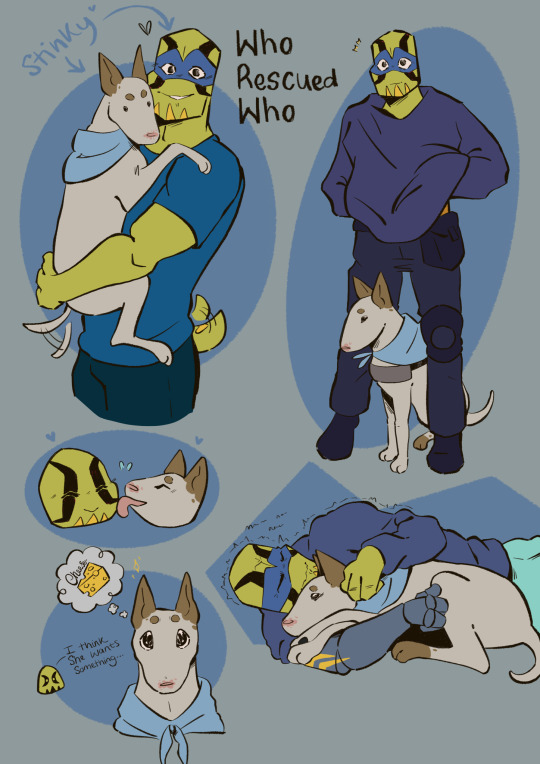





NEW AU ALERT!!!
This is the Who Rescued Who AU!!!
This is Honey! She is Future Leo’s PTSD dog!
She loves her papa and cheese.
She is an English Bull Terrier and she is a cuddle bug!
Leonardo was sent back in time, and the present boys found him and took him in. Now he’s not fighting Krang he realised how much his body hurt and has knee problems. Also, he has bad PTSD and night terrors. And with Casey not needing Leonardo to look after him anymore, Leonardo feels useless. The boys and Casey noticed and pulled some strings to get him a service dog. At first, Leo didn’t want her or think he needed her. But over time, he came to accept and love her.
Thank you, @gemini-forest ,for helping me make her and for sitting in a call with me while I drew her.
#NEW AU!!!#Who Rescued Who AU#who rescued who shardkn1ght#Honey is a baby#i lobe her#Leo definitely needs help#just has to accept it#rottmnt#save rottmnt#save rise of the tmnt#rise of the teenage mutant ninja turtles#rottmnt fanart#rottmnt leo#rise fanart#rise leo#future leo#rottmnt future leo#rottmnt future leonardo#rottmnt future au
1K notes
·
View notes
Text
me when i see people draw zombiecleo with snakes for hair like medusa

me when i see people draw zombiecleo

me when i see zombiecleo

me when zombiecleo

1K notes
·
View notes
Text
keegan has a big dick and he knows it !!! he's so cocky abt it too :( laughing in ur face when you whimper, 's too big, can't take it' he knows you can take him tho n that's exactly why he thinks it's so cute :( even if you tear up n almost sob, you still take him to the brim !!!
speaking of !! as much as keegan looooves fucking u, he loves it when u give him handjobs just because his cock looks bigger in your hand than his :( he also loves it when u drool around his cock, trying ur best to take him down ur throat but it's just too difficult :( keegan doesn't mind though, he loves the sight of you trying ur best to take him all the way in your throat !!
keegan is a little mean tho, n he'll pat the side of your cheek to tell you to take him deeper :( he's still pretty cute tho, n he'll rub your head nice n softly when you take all of his load in ur mouth !! he makes you wait a while before you can swallow tho :( he loves the way your cheeks slightly puff up, keeping his seed safe in ur mouth♡
#lala speaks ⊹˚. ♡.𖥔 ݁ ˖#yey first keegan fic :3#i lobe keegan#gn reader#keegan p russ x reader#keegan russ x reader#keegan x reader#keegan p russ smut#keegan russ smut#keegan smut#keegan p russ#keegan russ#cod keegan#cod ghosts#call of duty ghosts#my irl friend has cod ghosts and i'm so jealous of him omg
2K notes
·
View notes
Text

too scary!!! scaring it!!!
#i lobe secret level.#my art#ultrakill#ultrakill spoilers#i need to. draw serious ultrakill art i only draw the silly
619 notes
·
View notes
Text
I recently found out a show I liked is 10 years old now so to not be the oldest thing on this blog I'm talking coelacanths for Wet Beast Wednesday. Coelacanths are rare fish famed for being living fossils. While that term is highly misleading, it is true that coelacanths are among the only remaining lobe-fined fish and were thought to have gone extinct millions of years ago before being rediscovered in modern times.
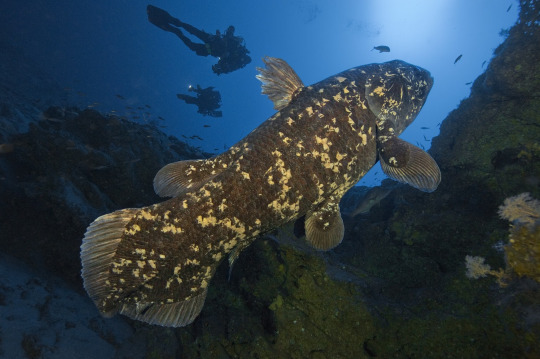
(image id: a wild coelacanth. It is a large, mostly grey fish with splotches of yellowish scales. Its fins are attached to fleshy lobes. It is seen from the side, facing the top right corner of the picture)
Coelacanth fossils had been known since the 1800s and they were believed to have gone extinct in the late Cretaceous period. That was until December 1938, when a museum curator named Marjorie Courtenay-Latimer was informed of an unusual specimen that had been pulled in by local fishermen. After being unable to identify the fish, she contacted a friend, ichthyologist J. L. B. Smith, who told her to preserve the specimen until he could examine it. Upon examining it early next year, he realized it was indeed a coelacanth, confirming that they had survived, undetected, for 66 million years. Note that fishermen living in coelacanth territory were already aware of the fish before they were formally described by science. Coelacanths are among the most famous examples of a lazarus taxon. This term, in the context of ecology and conservation, means a species or population that is believed to have gone extinct but is later discovered to still be alive. While coelacanths are among the oldest living lazarus taxa, they aren't the oldest. They are beaten out by a genus of fly (100 million years old) and a type of mollusk (over 300 million years old).

(image: a coelacanth fossil. It is a dark brown imprint of a coelacanth on white rock. Its skeleton is visible in the imprint)
Coelacanths are one of only two surviving groups of lobe-finned fish along with the lungfishes. Lobe-finned fish are bony fish notable for their fins being attached to muscular lobes. By contrast, ray-finned fish (AKA pretty much every fish you've ever heard of that isn't a shark) have their fins attached directly to the body. That may not sound like a big difference, but it actually is. The lobes of lobe-finned fish eventually evolved into the first vertebrate limbs. That makes lobe-finned fish the ancestors of all reptiles, amphibians, and mammals, including you. In fact, you are more closely related to a coelacanth than a coelacanth is to a tuna. Coelacanths were thought to be the closest living link to tetrapods, but genetic testing has shown that lungfish are actually closer to the ancestor of tetrapods.
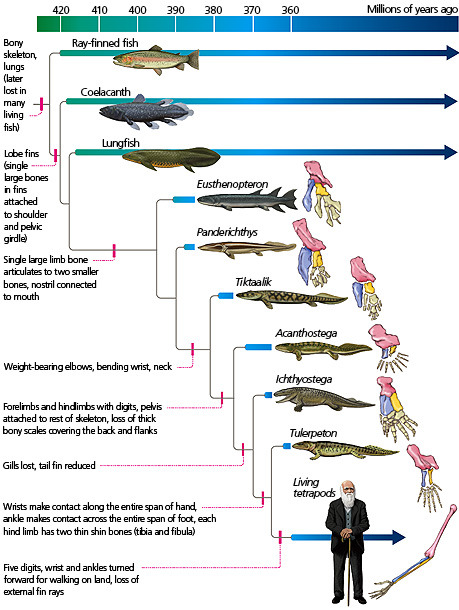
(image id: a scientific diagram depicting the taxonomic relationships of early lobe-finned fish showing their evolution to proto-tetrapods like Tiktaalik and Ichthyostega, to true tetrapods. Source)
There are two known living coelacanth species: the west Indian ocean coelacanth (Latimeria chalumnae) and the Indonesian coelacanth (L. menadoensis). Both are very large fish, capable of exceeding 2 m (6.6 ft) in length and 90 kg (200 lbs). Their wikipedia page describes them as "plump", which seems a little judgmental to me. Their tails are unique, consisting of two lobes above and below the end of the tail, which has its own fin. Their scales are very hard and thick, acting like armor. The mouth is small, but a hinge in its skull, not found in any other animal, allows the mouth to open extremely wide for its size. In addition, they lack a maxilla (upper jawbone), instead using specialized tissue in its place. They lack backbones, instead having an oil-filled notochord that serve the same function. The presence of a notochord is the key characteristic of being a chordate, but most vertebrates only have one in embryo, after which it is replaced by a backbone. Instead of a swim bladder, coelacanths have a vestigial lung filled with fatty tissue that serves the same purpose. In addition to the lung, another fatty organ also helps control buoyancy. The fatty organ is large enough that it forced the kidneys to move backwards and fuse into one organ. Coelacanths have tiny brains. Only about 15% of the skull cavity is filled by the brain, the rest is filled with fat.

(image id: a coalacanth. It is similar to the one on the above image, but this one is blue in color and the head is seen more clearly, showing an open mouth and large eye)
One of the reasons it took so long for coelacanths to be rediscovered is their habitat. They prefer to live in deeper waters in the twilight zone, between 150 and 250 meters deep. They are also nocturnal and spend the day either in underwater caves or swimming down into deeper water. They typically stay in deeper water or caves during the day as colder water keeps their metabolism low and conserves energy. While they do not appear to be social animals, coelacanths are tolerant of each other's presence and the caves they stay in may be packed to the brim during the day. Coelacanths are all about conserving energy even when looking for food. They are drift feeders, moving slowly with the currents and eating whatever they come across. Their diet primarily consists of fish and squid. Not much is known about how they catch their prey, but they are capable of rapid bursts of speed that may be used to catch prey and is definitely used to escape predators. They are believed to be capable of electroreception, which is likely used to locate prey and avoid obstacles. Coelacanths swim differently than other fish. They use their lobe fins like limbs to stabilize their movements as they drift. This means that while coelacanths are slow, they are very maneuverable. Some have even been seen swimming upside-down or with their heads pointed down.
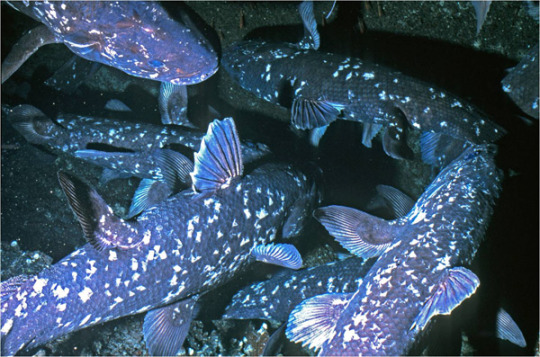
(image: an underwater cave wilt multiple coelacanths residing in it. 5 are clearly visible, with the fins of others showing from offscreen)
Coelacanths are a vary race example of bony fish that give live birth. They are ovoviviparous, meaning the egg is retained and hatches inside the mother. Gestation can take between 2 and 5 years (estimates differ) and multiple offspring are born at a time. It is possible that females may only mate with a single male at a time, though this is not confirmed. Coelacanths can live over 100 years and do not reach full maturity until age 55. This very slow reproduction and maturation rate likely contributes to the rarity of the fish.

(image: a juvenile coelacanth. Its body shape is the same as those of adults, but with proportionately larger fins. There are green laser beams shining on it. These are used by submersibles to calculate the size of animals and objects)
Coelacanths are often described as living fossils. This term refers to species that are still similar to their ancient ancestors. The term is losing favor amongst biologists due to how misleading it can be. The term os often understood to mean that modern species are exactly the same as ancient ones. This is not the case. Living coelacanth are now known to be different than those who existed during the Cretaceous, let alone the older fossil species. Living fossils often live in very stable environments that result in low selective pressure, but they are still evolving, just slower.
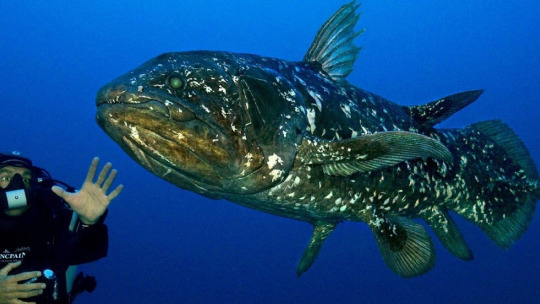
(image: a coelacanth swimming next to a SCUBA diver)
Because of the rarity of coelacanths, it's hard to figure out what conservation needs they have. The IUCN currently classifies the west Indian ocean coelacanth as critically endangered (with an estimated population of less than 500) and the Indonesian coelacanth as vulnerable. Their main threat is bycatch, when they are caught in nets intended for other species. They aren't fished commercially as their meat is very unappetizing, but getting caught in nets is still very dangerous and their slow reproduction and maturation means that it is long and difficult to replace population losses. There is an international organization, the Coelacanth Conservation Council, dedicated to coelacanth conservation and preservation.
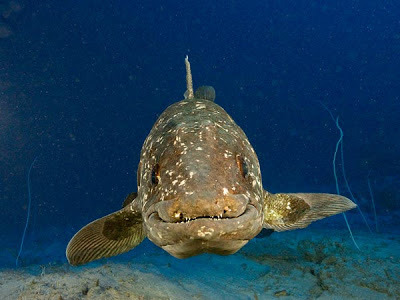
(image: a coelacanth facing the camera. The shape of its mouth makes it look as though it is smiling)
#wet beast wednesday#coelacanth#marine biology#biology#zoology#ecology#animal facts#fish#fishblr#old man fish#lobe-finned fish#sarcopterygii
1K notes
·
View notes